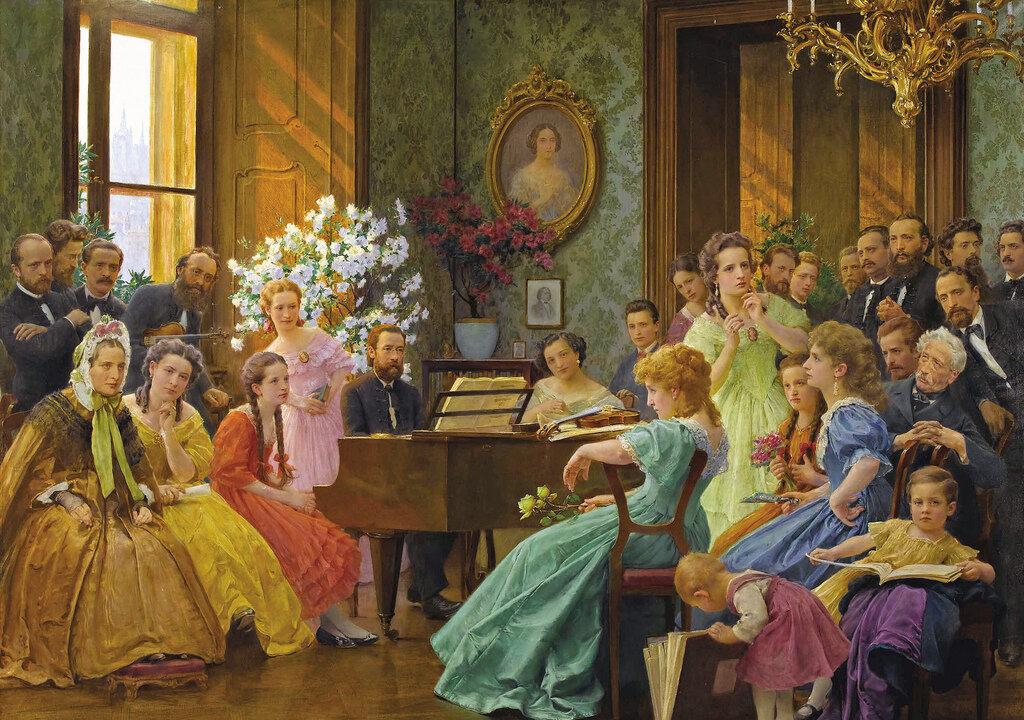Music conveys emotion and truth, even without words. “Dance of the Comedians,” an instrumental passage from the 1870 opera “The Bartered Bride” composed by Czech composer Bedrich Smetana, is a shining example.
Influenced by the Romantic music style, which experimented with new forms and harmonies, Smetana was one of the first composers to use folk-like tunes and rhythms in classical music. He learned this folk music from Bohemia, a region of the Czech nation, where he grew up. He then shaped these tunes and rhythms into a new style: Czech classical music.






